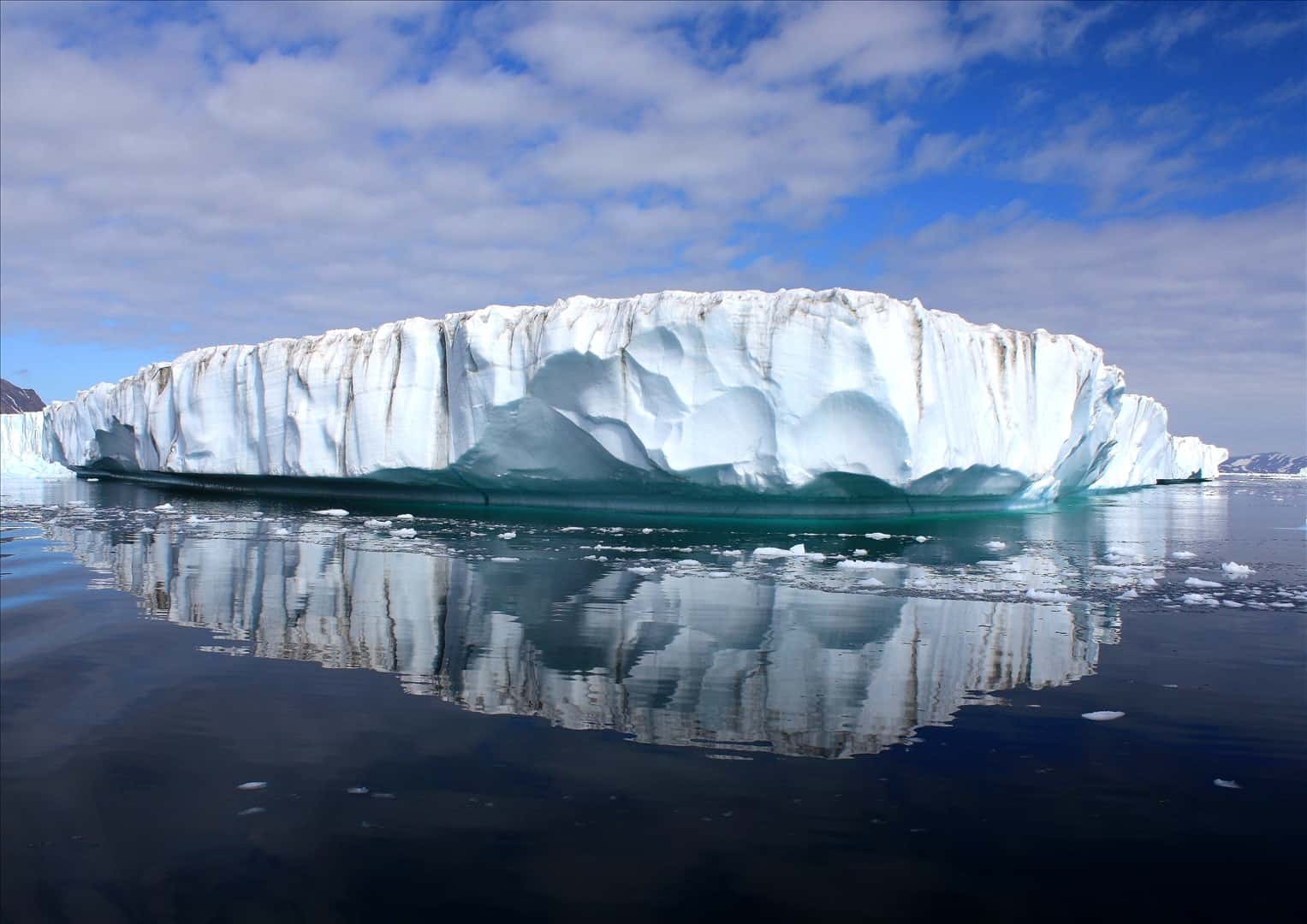A recent study, published in Geophysical Review Letters by U of T Mississauga professor Kent Moore identified a link between the shape of Greenland’s coastline and the type of winds prevalent in the North Atlantic Ocean.
During the winter, Greenland’s Cape Farewell episodically experiences gale force winds called tip jets. Scientists have been aware of the existence of these winds for some time, but their origin always puzzled climate researchers. The tip jets off of Cape Farewell are some of the strongest winds of any coastline in the world, and they have been implicated in the generation of various oceanic currents such as the Gulf Stream. Any explanation of their origin would have immense implications for the understanding of complex weather processes and the prediction of future climate patterns.
Moore’s insight came through his understanding of the way coastal geometry affects the generation of winds. He has been interested in the weather patterns of the North Atlantic Ocean for years, and the research his group conducts in the field has received high acclaim from scientists all around the world. Moore’s climate research has been published in a variety of high-impact journals, including one of the gold standards of all science research, Nature. His research website states that he is fascinated by “physical processes that occur in the atmosphere and the ocean,” and that his “research focuses on understanding these processes as they are manifested in a variety of weather and climate related phenomenon.”
Applying the wealth of background he has in the field, Moore developed a statistical diagnostic tool that allowed him to organize and make sense of wind data from the past 33 years. The algorithm he created classified various high-speed winds by wind direction. Most significantly, he was able to distinguish between easterly and westerly Cape Farewell tip jets. He was able to identify two locations along the southeast coast of Greenland, Cape Farewell, that appeared to have an important impact on the generation of coastal winds.
Moore’s research aimed to confirm previous results that linked steep coastal topography to higher-velocity wind patterns. His findings suggested that a phenomenon called flow distortion — the funneling of air through steep cliffs on the coast —played an important role in the creation of Greenland tip jets. He was also able to identify a new region, off the southeast coast of Iceland, that contained tip jets and contributed to the climate of the North Atlantic Ocean.
Greenland’s coast juts into the air as a sudden, steep precipice overlooking the ocean. As winds approach the coast from the water, they are faced with this obstruction and must change their direction. Moore found that Bernoulli’s principle, the same physical phenomenon that creates lift on an airplane wing, directs the coastward winds to go around the land instead of over it. As they move around the island, hugging the coast, they accelerate to gale-force velocities. The super-fast winds cool the water below them and cause it to sink to the ocean floor.
The cooling and warming of ocean waters is responsible for the majority of currents that shape the world’s weather. The Gulf Stream, a warm current originating at the tip of Florida, moving up along the eastern coast of North America, and eventually reaching Europe, has an enormous impact on climate and the lives of ocean organisms. Moore’s discovery explains the cooling of the Gulf Stream off the coast of Greenland, and gives scientists a model that can predict how changes to Greenland’s coast will affect ocean temperatures. Many important climate predictions can now be rationalized according to Dr. Moore’s work, such as the loss of Greenland’s coastline from global warming causing the North Atlantic Ocean’s temperatures to rise.
Sources: http://www.utm.utoronto.ca/cps/faculty-staff/moore-kent, Geophysical Review Letters


